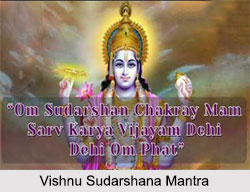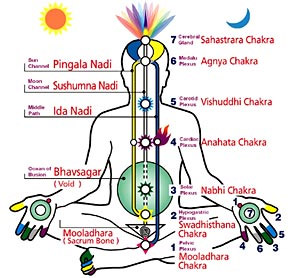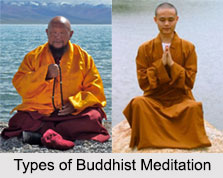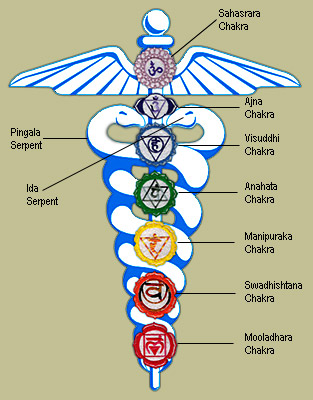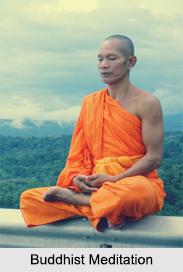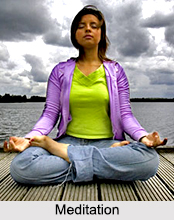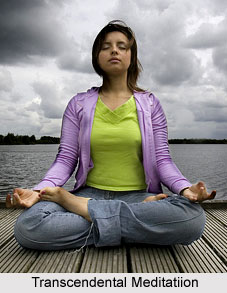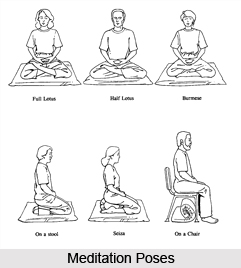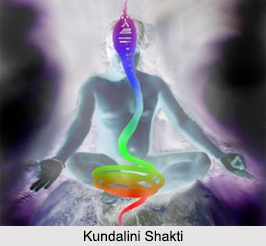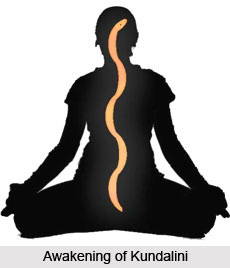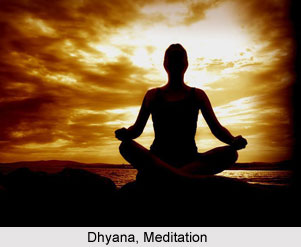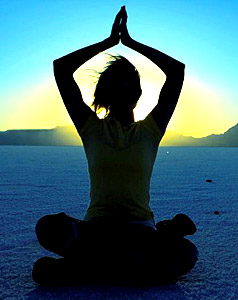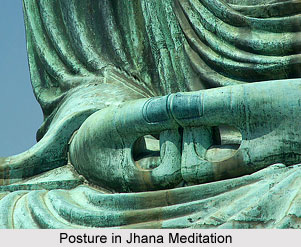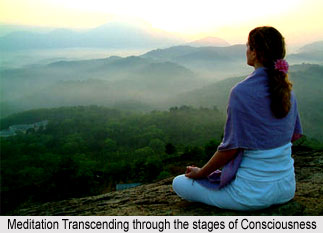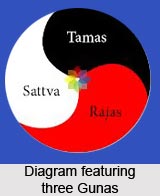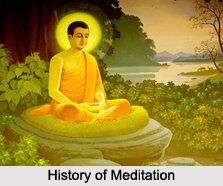 Meditation is an ancient practice that is believed to originate in India several thousand years BCE. Although there is a scarcity of recorded history on meditation, its roots travel back to ancient times. Researchers speculate that primitive hunter-gatherer societies may have discovered meditation and its altered states of consciousness while staring at the flames of their fires. Over thousands of years, meditation evolved into a structured practice.
Meditation is an ancient practice that is believed to originate in India several thousand years BCE. Although there is a scarcity of recorded history on meditation, its roots travel back to ancient times. Researchers speculate that primitive hunter-gatherer societies may have discovered meditation and its altered states of consciousness while staring at the flames of their fires. Over thousands of years, meditation evolved into a structured practice.
Origin of Meditation
Indian scriptures called "Tantras" mentioned meditation techniques 5000 years ago. Some of the earliest written records of meditation or Dhyana come from the Hindu traditions of Vedantism around 1500 BCE. The Vedas discuss the meditative traditions of ancient India.
The "Yoga Sutras of Patanjali", outlining the eight limbs of yoga, was compiled between 400-100 BCE. In the same period, the "Bhagavad Gita" was written, which discusses the philosophy of yoga, meditation and the practice of living a spiritual life.
Spreading of Meditation in the World
Throughout early history, the practice was adopted by neighboring countries quickly and formed a part of many religions throughout the world. The practice of meditation also spread to other cultures in the West, via the Silk Road, to influence religions such as Judaism.
Gautama Buddha, a major meditation icon, first made his mark around 500 B.C. His teachings were spread far and wide across the Asian continent. Separate countries or cultures adopted different forms of the word "meditation," and they each found their own unique way of practicing it. Buddhist and Hindu based meditation practices are still most popular today.
Meditation was spread to Western society thousands of years after it was adopted in the East. It finally started to gain popularity in the West in the mid-20th century. In the 1960s and 1970s, many professors and researchers began testing the effects of meditation and learned about its multitude of benefits.
In the 18th century, the ancient teachings of meditation began to become more popular among the population of Western cultures. In 1979, the Mindfulness-Based Stress Reduction (MBSR) program was founded which used meditative techniques in the treatment plans for patients with chronic diseases. Since this time, meditation has become increasingly more common. It plays a central role in many religious traditions and rituals, in addition to helping individuals to manage stress and improve overall well being.
